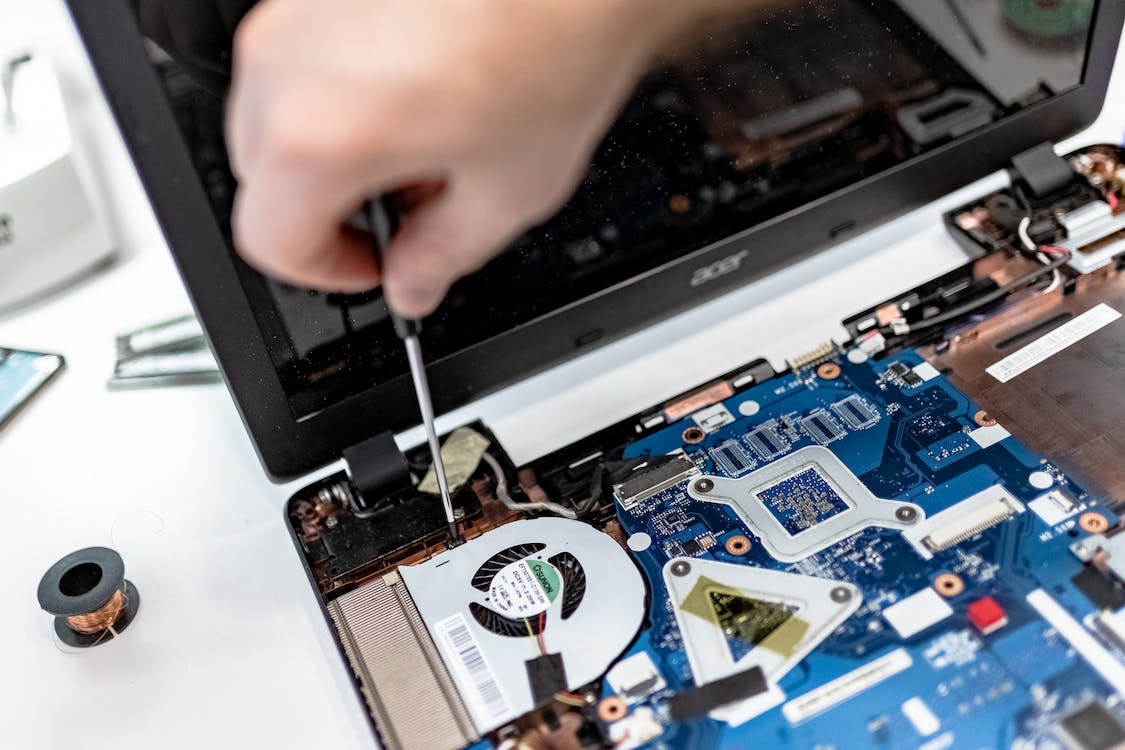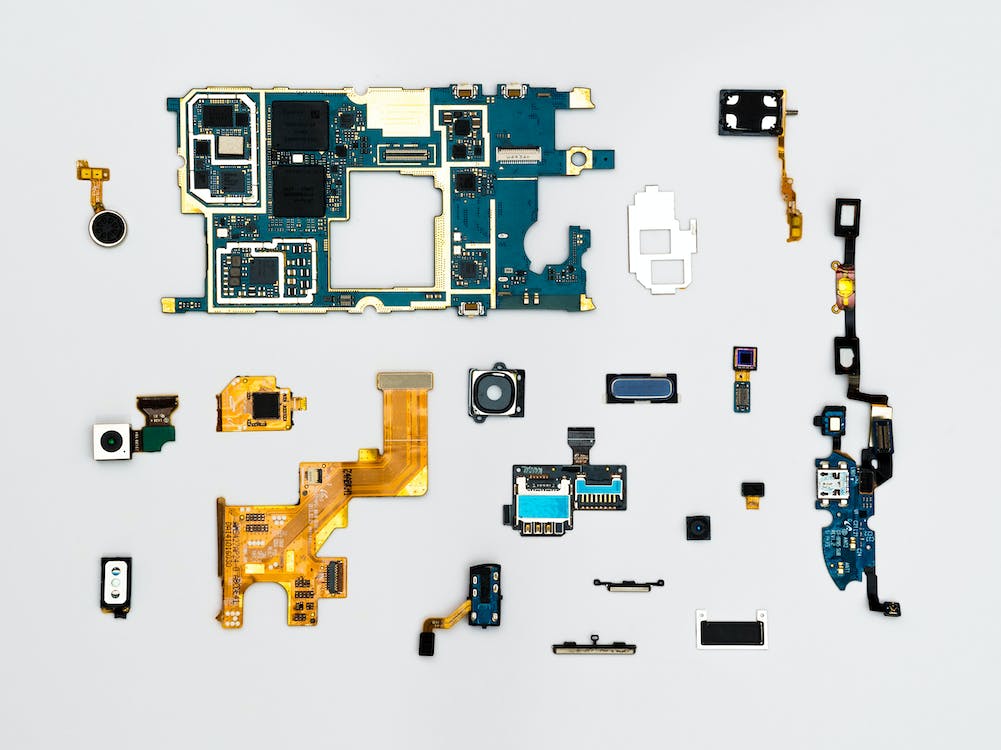Tech repair is a tricky topic. Things like planned obsolescence, in which a device simply stops working after a certain amount of time, as well as warranties that insist on official fixes only, have made the idea of DIY repairs seem more like a crime than a sensible, economical thing to do. Gone are the days when a washing machine could work forever if you had a wrench handy.
Unfortunately, this culture of replacement means that the tech industry is now filthy with waste and excess. Earth fact site World Counts claims that 70% of all toxic garbage is electronic in nature, and only 12.5% of mobile phones and broken laptops actually meet with a recycling plant. More often than not, e-junk is either burned or shipped to a landfill, where it can poison the soil and groundwater for decades.

Of course, as with many current crises, things have gotten so bad that decision-makers need to turn back the clock on environmental damage. One of the possible outcomes of this is that corporations stop fighting owners over high street repairs. As an example, Apple was recently forced to make its parts and manuals publically available due to pressure from right-to-repair activists.
Tech Emergencies
Is the public actually capable of fixing things though? It’s not an easy thing to judge. An infographic published by ExpressVPN entitled “Stay Prepared with a Tech Survival Kit” stressed that tools including a screwdriver, pocket knife, torch, and a watch should be kept handy for any tech emergencies. This implies that the owner should at least attempt repairs on basic, obvious faults. Although note that the kit also supports the preservation of data through backups!
Sadly, there’s no denying the fact that the impressive DIY skills of some baby boomers effectively killed millennials’ ability to put things back together. While this might sound a little odd, as parents have historically passed abilities down to their offspring, the Real Homes website reports that younger people didn’t actually try to learn anything from their elders until they found themselves trapped in a flat-packed hell of their own making.

This over-reliance on parents (the previous source claims that 45% of 23-38-year-olds would call their father rather than attempt a task themselves) has effectively created an entire generation of people that cannot fix a cupboard, let alone an iPhone. Unfortunately, as 1 in 5 millennials won’t call a professional either, there’s seemingly no alternative for them other than waste and replacement.
Further Damage
A mobile phone is obviously a little different from a wardrobe so it’s hard to recommend that anybody make a go of repairs themselves. However, now that legal frameworks are changing in favor of independent, professional repairers, there’s much more of an incentive to avoid throwing tech away when the battery starts to fail (for instance).
Of course, corporate and government resistance to repairs isn’t always due to profit loss. Letting people repair their own devices could result in further damage and injuries, both of which could land manufacturers in legal trouble. Regardless, the cooperation of tech giants is essential to establishing the right to repair as a fundamental part of tech ownership.









